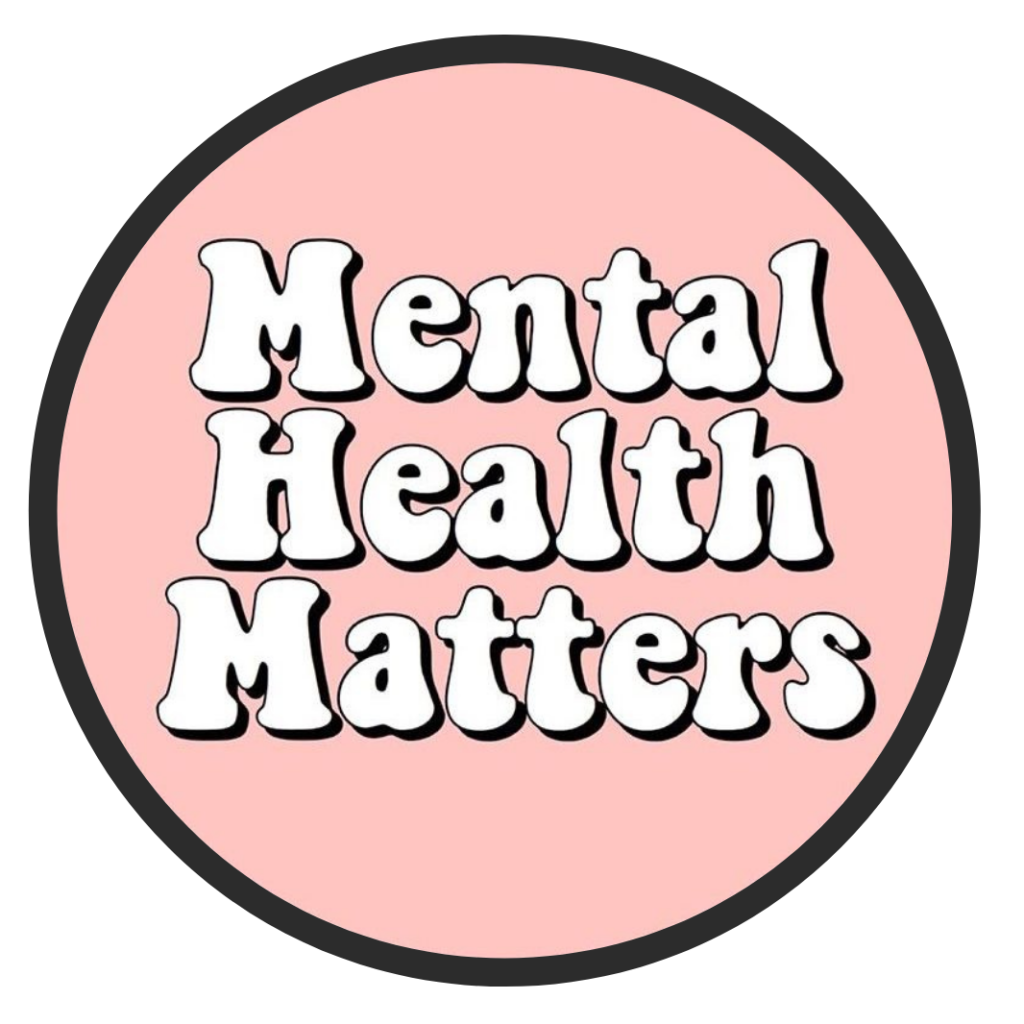Don’t like what you see in the mirror? While most people are somewhat bothered by physical imperfections, those who suffer from body dysmorphic disorder spend hours a day obsessing over real or imagined flaws and take excessive and sometimes drastic measures to hide their perceived flaws from others.
Body dysmorphic disorder (BDD) affects about 1 in 50 people. In the United States, an estimated 5 million to 10 million people have this condition. The DSM-5 criteria for Body Dysmorphic Disorder is:
- Preoccupation with one or more perceived defects or flaws in physical appearance that are not observable or appear slight to others.
- At some point during the course of the disorder, the individual has performed repetitive behaviors (e.g., mirror checking, excessive grooming, skin picking, reassurance seeking) or mental acts (e.g., comparing his or her appearance with that of others) in response to the appearance concerns.
- The preoccupation causes clinically significant distress or impairment in social, occupational or other areas of functioning.
- The appearance preoccupation is not better explained by concerns with body fat or weight in an individual whose symptoms meet diagnostic criteria for an eating disorder.
Let’s break it down
In layman’s terms, BDD is a mental health condition in which you can’t stop thinking about one or more perceived defects or flaws in your appearance — a flaw that appears minor or can’t be seen by others. You may feel so embarrassed, ashamed and anxious that you may avoid many social situations.
In our industry of plastic surgery and cosmetic procedures, we see first hand how real this mental health condition is and we consider it our professional duty as practitioners to screen for BDD.
May is Mental Health Awareness month. This presents a great opportunity for us to raise awareness about this condition and help eliminate the stigma of seeking help for BDD, or any other type of behavioral health issue.
Signs & Symptoms
Experts at Mayo Clinic outline the signs and symptoms of body dysmorphic disorder to include:
- Being extremely preoccupied with a perceived flaw in appearance that to others can’t be seen or appears minor
- Strong belief that you have a defect in your appearance that makes you ugly or deformed
- Belief that others take special notice of your appearance in a negative way or mock you
- Engaging in behaviors aimed at fixing or hiding the perceived flaw that are difficult to resist or control, such as frequently checking the mirror, grooming or skin picking
- Attempting to hide perceived flaws with styling, makeup or clothes
- Constantly comparing your appearance with others
- Frequently seeking reassurance about your appearance from others
- Having perfectionist tendencies
- Seeking cosmetic procedures with little satisfaction
- Avoiding social situations
Screening
At Bloom Plastic Surgery patient care is always our most important consideration. We prioritize screening for Body Dysmorphic Disorder to ensure we provide our patients with the highest quality outcomes. Catching the signs early is so important. Treatments for BDD do exist. And although BDD is not an absolute contraindication to cosmetic surgery, patients will have better results when they are able to address their psychiatric needs first, followed by their physical needs, as appropriate.
Our screening tool is a questionnaire that helps measure the presence and/or severity of Body Dysmorphic Disorder symptoms. Although it’s not perfect, if we can catch anybody that has a serious problem and steer them in the right direction, then it’s beneficial.
Treatment
If you feel that you are suffering from BDD, or have been diagnosed with BDD, the good news is that treatments are available.
Cognitive Behavioral Therapy (CBT) is based on a structured programme of self-help so that a person can learn to change the way they think and act. “Cognitive” refers to the events that take place in your mind (thoughts, images, memories, or processes like ruminating and worry). “Behavior” is what you do (for example escape, avoid, check). CBT starts with building a good understanding of the problem and what is keeping it going in terms of how your mind works.
Some medications have proven effective and helpful in the treatment of BDD. However, medication can take a long time to start working. This means that a trial of medication should be about three months of an adequate dose, so it is important to be patient and not expect instant results. Because of this, the professional prescribing any medication for BDD should take careful note of your symptoms, so that you and they can be clear when things are starting to improve.
Seek help
Whether it’s BDD or another mental health condition — like anxiety, depression, or post-traumatic stress disorder (PTSD), etc. — it’s important to know there are experienced professionals who are here to help.
If you or someone you know is experiencing suicidal thoughts or a crisis, please reach out immediately to the Suicide Prevention Lifeline at 800-273-8255 or text HOME to the Crisis Text Line at 741741. It is available 24 hours a day, 7 days a week and is staffed by certified crisis response professionals. These services are free and confidential.

